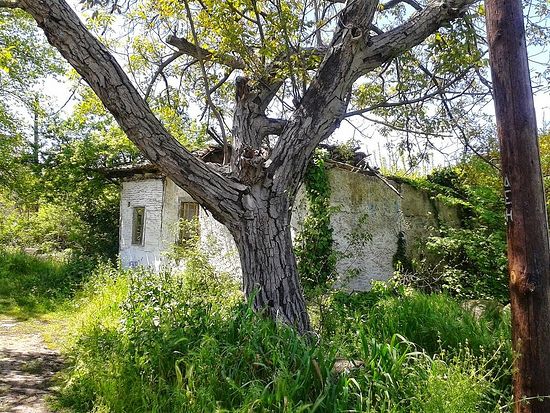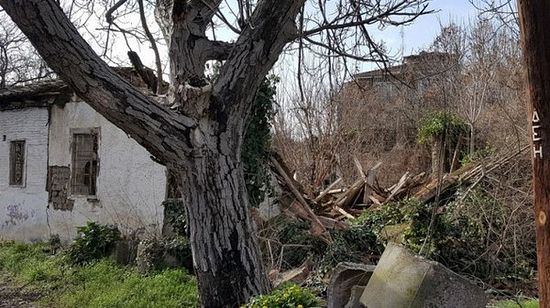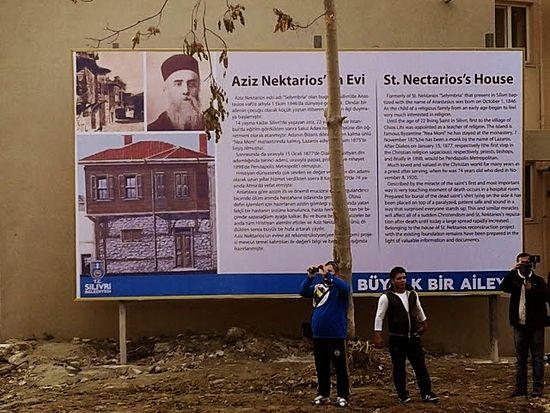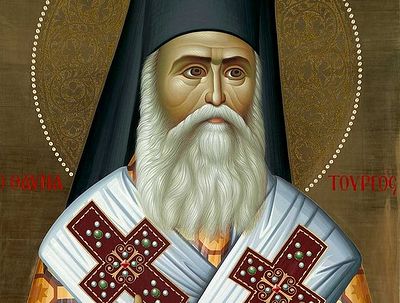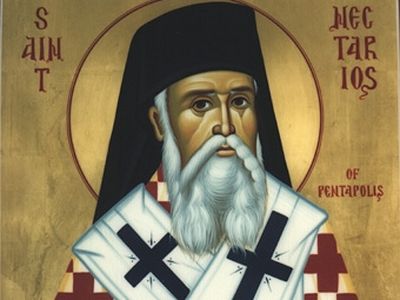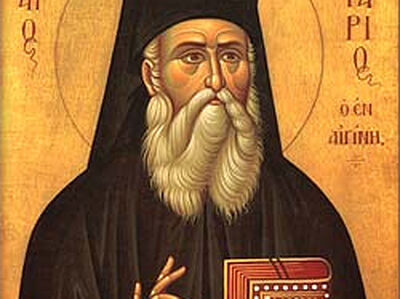Moscow, March 7, 2017
The childhood homes of Greek saints have been in the news a lot lately. As recently reported, the family home of the sixteenth-century St. Philothea of Athens was opened as a museum on February 19 By His Beatitude Archbishop Ieronymos of Athens.
Now stories are coming out about the home of the fourteenth-fifteenth century St. Ephraim of Nea Makri and that of the nineteenth-twentieth century St. Nektarios of Aegina, one of modern Greece’s most beloved saints.
As Mystagogy reports, the house where St. Ephraim of Nea Makri was born in 1384 collapsed sometime in the end of February, under the assault of a heavy winter f snow and rains. The Metropolis of Trikki and Stagoi had previously considered building a small chapel on the site of the home where St. Ephraim, Constantine Morphes in the world, is said to have been born and lived his first years. He was baptized in the Church of St. Stephen, on the other side of the Lethaeos River.
As Mystagogy states, St. Ephraim:
lived from 1384 to 1426. Orphaned of a father and one of seven children, in order to be saved from a mass kidnapping of children by Muslims he was sent to the Monastery of the Annunciation at the age of fourteen. He lived there till the age of eighteen as a novice. Then he was tonsured a monk and ordained a priest.
In 1416 Athens was occupied by the Turks and the Monastery experienced two disasters. During the first the Saint had been praying in a cave on the mountain, but at the second on 14 September 1425 they returned and they tortured Saint Ephraim with particular ferocity for eight and a half months. He was martyred on 5 May 1426 at the age of forty-two in Nea Makri. His holy relics were discovered through divine intervention in 1950; 524 years after his death. He was formally glorified by the Ecumenical Patriarchate of Constantinople in March 2011.
Meanwhile, Mystagogy also reports that on Monday, February 20, Dr. Ozcan Isiklar, the mayor of Selybria (Silivri), a city in Istanbul Province along the Sea of Marmara in Turkey, met with Metropolitan Maximos of Selybria to update him on the municipality’s work to restore the house of St. Nektarios, where he lived for the first fourteen years of his life.
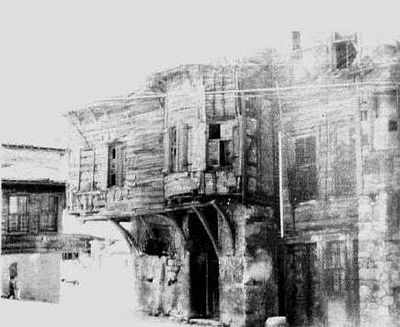 Photo: Mystagogy
Photo: Mystagogy
St. Nektarios was born in the house on October 1, 1846 and moved to Constantinople for studies as a teenager. The house was destroyed in 1976, but now the municipality is planning to rebuild the house, in conjunction with the aforementioned local bishop. The house is to operate as a museum, featuring several objects from the life of St. Nektarios. It is hoped that the museum will attract Orthodox Christian pilgrims and boost the local economy.
A large model of the project and a photo of St. Nektarios have been erected at the site of the future museum.
